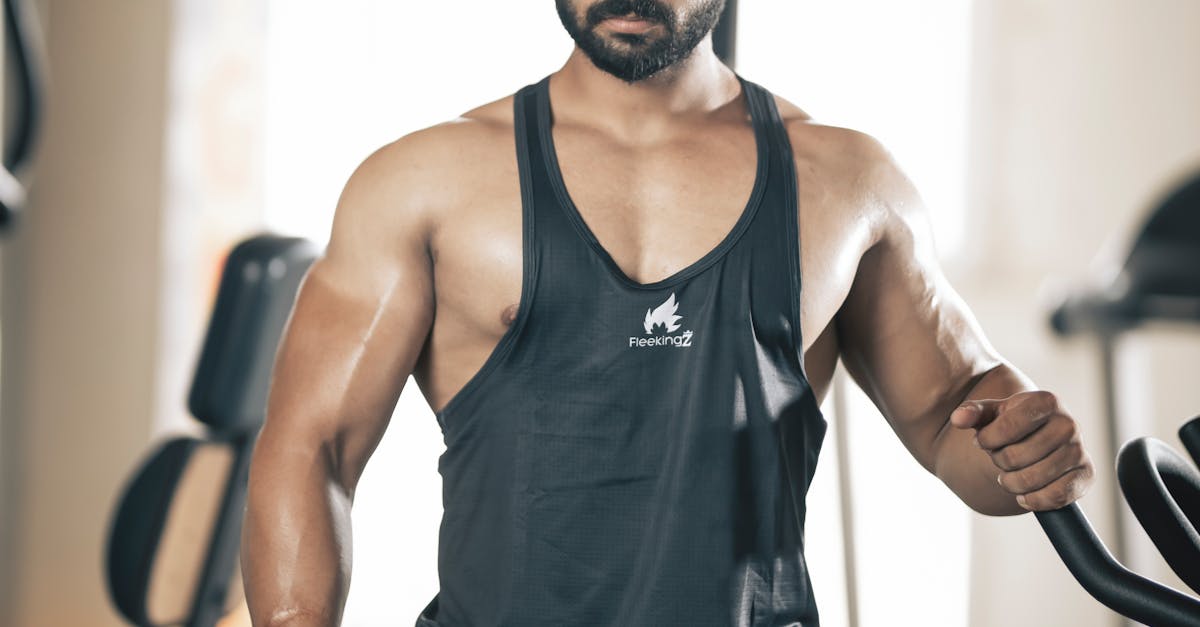Primary Hip Flexor Muscles: Anatomy, Function, and Strengthening
Essential Muscles for Movement: A Comprehensive Guide to the Primary Hip Flexors

The hip flexor muscles play a vital role in human movement, allowing us to perform everyday activities such as walking, running, and climbing stairs. These muscles are located in the front of the thigh and are responsible for flexing the hip, which brings the thigh towards the body. The primary hip flexor muscles are the iliopsoas, rectus femoris, and sartorius muscles.
In this article, we’ll explore the anatomy, function, and strengthening of the primary hip flexor muscles. We’ll also discuss their clinical significance and common injuries related to these muscles.
Understanding the importance of these muscles can help us maintain optimal hip function, prevent injuries, and improve our overall mobility.
1. Introduction to Hip Flexor Muscles
Introduction to Hip Flexor Muscles
The hip flexor muscles are a group of muscles located in the front of the thigh that are responsible for flexing the hip, which brings the thigh towards the body. These muscles are essential for a variety of everyday activities, such as walking, running, climbing stairs, and getting out of a chair.
The primary hip flexor muscles are the iliopsoas, rectus femoris, and sartorius muscles. The iliopsoas is a large muscle that originates from the inner pelvis and inserts on the lesser trochanter of the femur. The rectus femoris is a long muscle that originates from the anterior superior iliac spine and inserts on the patella. The sartorius is a thin muscle that originates from the anterior superior iliac spine and inserts on the medial tibia.
Hip flexor muscles are also important for maintaining pelvic stability. When the hip flexors are strong, they help to keep the pelvis in a neutral position. This is important for preventing excessive forward or backward tilting of the pelvis, which can lead to pain and injury.
2. Anatomy of the Primary Hip Flexors

Anatomy of the Primary Hip Flexors
The primary hip flexor muscles are the iliopsoas, rectus femoris, and sartorius muscles. These muscles are located in the front of the thigh and are responsible for flexing the hip, which brings the thigh towards the body.
- Iliopsoas: The iliopsoas muscle is a large muscle that originates from the inner pelvis and inserts on the lesser trochanter of the femur. It is innervated by the femoral nerve.
- Rectus femoris: The rectus femoris muscle is a long muscle that originates from the anterior superior iliac spine and inserts on the patella. It is innervated by the femoral nerve.
- Sartorius: The sartorius muscle is a thin muscle that originates from the anterior superior iliac spine and inserts on the medial tibia. It is innervated by the femoral nerve.
The iliopsoas muscle is the strongest of the hip flexors and is responsible for the majority of hip flexion. The rectus femoris muscle also contributes to hip flexion, but it is also a knee extensor. The sartorius muscle is a weak hip flexor, but it is important for hip rotation and stability.
3. Functions of the Hip Flexor Muscles
Functions of the Hip Flexor Muscles
The primary function of the hip flexor muscles is to flex the hip, which brings the thigh towards the body. This action is essential for a variety of everyday activities, such as walking, running, climbing stairs, and getting out of a chair.
In addition to hip flexion, the hip flexor muscles also play a role in hip internal and external rotation. The iliopsoas muscle is a strong internal rotator of the hip, while the sartorius muscle is a weak external rotator of the hip. The rectus femoris muscle does not contribute to hip rotation.
The hip flexor muscles also contribute to maintaining pelvic stability. When the hip flexors are strong, they help to keep the pelvis in a neutral position. This is important for preventing excessive forward or backward tilting of the pelvis, which can lead to pain and injury.
4. Strengthening the Hip Flexor Muscles

Strengthening the Hip Flexor Muscles
The hip flexor muscles can be strengthened with a variety of exercises, including bodyweight exercises, resistance band exercises, and weightlifting exercises.
Bodyweight exercises
- Bodyweight squats: Stand with your feet shoulder-width apart and lower your body down until your thighs are parallel to the floor. Push back up to the starting position.
- Lunges: Step forward with one leg and lower your body until your back knee is close to the ground. Push back up to the starting position and repeat with the other leg.
- Step-ups: Step onto a platform or bench with one leg and then bring your other leg up to meet it. Step down and repeat with the other leg.
Resistance band exercises
- Resistance band knee drives: Attach a resistance band to a low anchor point and hold the ends of the band in each hand. Step forward with one leg and drive your knee towards your chest. Lower your leg and repeat with the other leg.
- Resistance band hip flexor raises: Attach a resistance band to a high anchor point and hold the ends of the band in each hand. Kneel on the floor and extend one leg out in front of you. Flex your hip and raise your leg towards your chest. Lower your leg and repeat with the other leg.
Weightlifting exercises
- Barbell hip thrusts: Lie on a bench with your feet flat on the floor and a barbell resting across your hips. Drive your hips up until your body is in a straight line from your shoulders to your knees. Lower your hips and repeat.
- Leg press: Sit in a leg press machine and place your feet on the platform. Press the platform away from you until your legs are fully extended. Lower the platform and repeat.
5. Clinical Significance and Common Injuries
Clinical Significance and Common Injuries
Strong hip flexor muscles are important for maintaining optimal hip function and preventing injuries. Weak hip flexors can lead to a variety of problems, including:
- Hip pain and stiffness: Weak hip flexors can cause pain and stiffness in the hip joint, especially after prolonged sitting or walking.
- Lower back pain: Weak hip flexors can contribute to lower back pain by putting excessive strain on the lower back muscles.
- Knee pain: Weak hip flexors can also lead to knee pain by causing the knee to hyperextend.
- Muscle strains: The hip flexor muscles are susceptible to strains, which can occur due to overuse or sudden forceful contractions.
- Tendonitis: Tendinitis is the inflammation of a tendon, and it can affect the tendons of the hip flexor muscles. This condition is often caused by overuse.
Treatment for hip flexor injuries typically involves rest, ice, compression, and elevation (RICE). Physical therapy may also be necessary to help strengthen the hip flexor muscles and improve range of motion.
Preventing hip flexor injuries is important for maintaining optimal hip health. Here are a few tips for preventing hip flexor injuries:
- Warm up before exercising.
- Stretch your hip flexors regularly.
- Strengthen your hip flexors with exercises such as squats, lunges, and step-ups.
- Avoid overtraining.
- Listen to your body and stop exercising if you feel pain.
Quiz
1. Which of the following is the primary function of the hip flexor muscles?
(a) Hip extension (b) Hip flexion (c) Hip abduction (d) Hip adduction
2. Which of the following muscles is NOT a primary hip flexor?
(a) Iliopsoas (b) Rectus femoris (c) Gluteus maximus (d) Sartorius
3. True or False: Strong hip flexor muscles can help prevent lower back pain.
(a) True (b) False
4. Which of the following is a common injury related to the hip flexors?
(a) Muscle strain (b) Tendinitis (c) Bursitis (d) All of the above
5. Which of the following exercises is NOT effective for strengthening the hip flexors?
(a) Bodyweight squats (b) Resistance band knee drives (c) Hamstring curls (d) Barbell hip thrusts
Answer Key
- (b) Hip flexion
- (c) Gluteus maximus
- (a) True
- (d) All of the above
- (c) Hamstring curls
